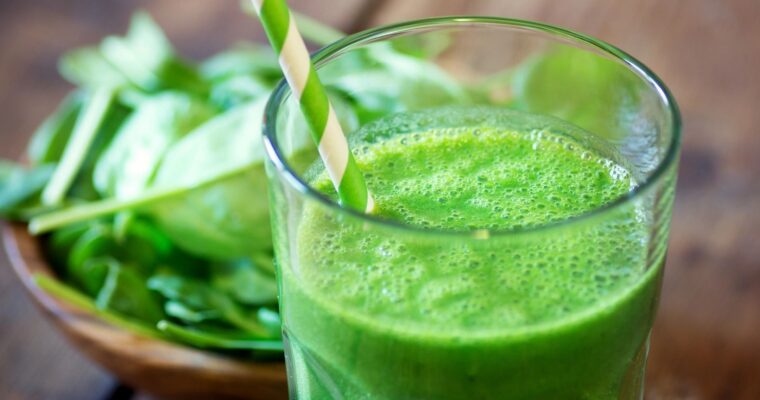ALLIE’S WEIGHT LOSS TIPS AND TRICKS
By: Allie Might, FMC, INHC, ATT
As we get into January, the hot topic always seems to be weight loss, as it’s probably one of the moth popular resolutions made…and also one that always seems to be one of the most difficult to accomplish. To help you accomplish your weight loss goals today, I’ve compiled some of my favorite go-to tips and tricks that work for me….I hope they are helpful for you too.
SET A REALISTIC GOAL
I’ve always found that when I set a goal that’s realistic, it helps me to stay on track and reach goals with ease. For example, let’s say someone wants to lose 50 pounds this year. It sounds like a lot and can be overwhelming. However, if that person breaks it down to 4-5 pounds a month, that is an easier focus, and something to celebrate each month as it’s accomplished.
PLAN AND PREP
Planning out healthy meals for at the start of each week can be a big help. This allows us to make sure we have all the ingredients on hand, as well as knowing what to prepare instead of “winging it” and potentially making unhealthy choices.
Getting into the habit of taking the meal plan and prepping takes this to the next level. Prepping allows you to have meals and snacks prepared and ready for consumption….all you need to do is heat it up. Prepare enough protein, veggies and some whole grains (i.e.: brown rice, quinoa) if you like and portion everything out into meal containers. You can even prep snack like fresh fruit for the week or containers of a cup fresh veggie sticks with two tablespoons of hummus.
WHAT TO CONSUME
Incorporating whole food options can be satisfying, nutritious and filling. These are the basic guidelines I like to recommend and have personally found useful, but keep in mind that this may vary depending on an individual’s health history and goals.
Keep fruit to 1-2 servings per day…i.e.: 1 banana, apple, peach or 3/4 cup of berries, grapes
Aim for 5-9 cups of veggies/leafy greens per day
Lean protein at every meal…i.e.: grilled boneless/skinless chicken breast, grilled/broiled fish, eggs and tofu
Whole grains as tolerated…i.e.: brown rice, quinoa, and oats
Healthy fats…i.e.: extra virgin olive oil, avocado, nut butters
WHAT TO AVOID
This is always a difficult one, as we all know what to avoid, but it’s always a good reminder. Try to avoid such items like processed foods including, but not limited to, frozen and canned foods, white foods (i.e.: white flour, bread and sugar), sugar and high fructose corn syrup and soda.
EXERCISE
Simply put, burning calories=weight loss. So, what’s the best way to burn calories? Well, it’s exercise. The Mayo Clinic recommends a combination of aerobic exercise (cardio) and weight/resistance training as part of complete and healthy workout. In addition to helping with weight loss, exercise can also benefit the bones, muscles and the circulatory system.
PROPER SUPPLEMENTATION
Protein Powder: Protein is essential for our tissues and is often associated with muscles and supplies important amino acids. It is recommended to get 7 grams of protein for every 20 pounds of body weight. Adding in a protein powder to a smoothie or shake as a meal replacement can offer diet benefits while supplying a fair amount of protein needed for the day. Try the InVite Health Whey Protein Powder or Plant Protein daily.
Green Tea: Green tea is a common drink and a well-known antioxidant. However, a study published through the National Library of Medicine shows that it can also be helpful for weight loss. It can be taken in pill form like the Green Tea Hx or my personal favorite, the Green Tea Tx which is a decaffeinated and concentrated liquid to be added to plain water or a cup of brewed green tea.
Probiotic: Many people are surprised by incorporating a probiotic to support weight loss. Studies have shown that as a probiotic helps to balance gut bacteria, it in turns aids in weight loss and maintaining a healthy weight. Adding in Probiotic Hx along with Probiotic Hx Weight can be helpful in working together to help reach your weight goals.
I hope you find these tips helpful as you work towards your weight loss goals for this year.
www.myplate.gov
www.mayoclinic.org/healthy-lifestyle/weight-loss/in-depth/exercise/art-20050999
www.hsph.harvard.edu/nutritionsource/what-should-you-eat/protein/#protein-research
www.ncbi.nlm.nih.gov/pmc/articles/PMC4025876/
health.clevelandclinic.org/could-probiotics-help-with-weight-loss








